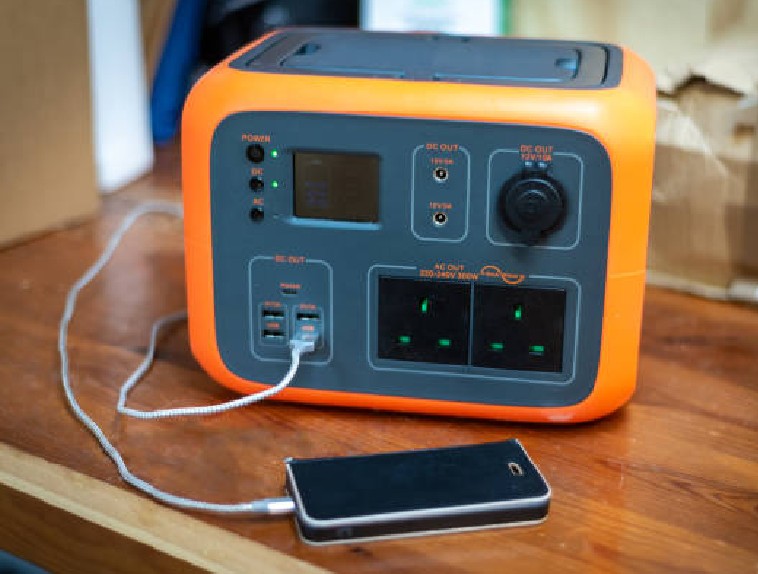To quote Will Rogers, “Well, all I know is just what I read in the papers…” While I was reading a Sunday edition of the Dallas Morning News, an interesting article on the recent grounding of airplanes related to airline safety captured my attention. My wife and I had recently been caught in the early stages of this situation when we traveled to North Carolina for the annual North Carolina Electrical Institute. Luckily we were only delayed for a couple of hours when an American Airlines agent was able to reschedule us on another airline. Soon after that, American Airlines had to ground its entire fleet of MD-80 jets for repair and inspection.
The newspaper reported that in times past the FAA would have considered the safety violations as a “nonevent,” but now the “certain latitude” enjoyed by the airlines in complying with safety directives was gone. Pictures were shown of an inspector using a ruler to measure the distance between lashings used to keep a bundle of wires together in a wheel well. The “safety directive” called for one inch spacing and some of the wires were lashed together with a fraction of an inch over the one inch maximum. Seemed like a hard line over which more than 300,000 passengers were affected.
This article reminded me of some of the “safety directives” that we as inspectors and installers face every day and the way we interpret and enforce them. The National Electrical Code is the “safety directive” we deal with daily. A good electrical professional, be it an inspector, installer, designer, knows that the purpose of the Code is “the practical safeguarding of persons and property from hazards arising from the use of electricity.” Some rules are more important than others and need strict compliance to provide that safety. Some situations may be less likely to cause an imminent safety hazard, so Code requirements may be applied with a degree of latitude. As long as we realize that all the Code requirements have been written to provide a workplace or a home that is safe from electrical hazards when the electrical system is installed to those requirements and enforced consistently with those requirements, maybe we will not end up like the FAA and the airlines.
Inconsistent enforcement or lax enforcement is as bad as hard-line enforcement. For instance, I have seen cases where an outlet box installed on the wrong side of a stud was judged out of compliance with the “12 foot rule” for spacing of receptacle outlets in dwellings. Does that 1 ½ inch constitute an imminent safety hazard? Or does a 12 ½ inch securement point from a box for MC Cable create an imminent safety hazard when the Code specifies a maximum of 12 inches? Well, maybe not, but if the installer knows what the Code rules are and doesn’t comply with them, then all of the MD-80s may be grounded. Each one of us must do our part in making sure that persons and property are free from hazards arising from the use of electricity.
That is what IAEI is about. Promoting uniform understanding and application of the electrical codes and participating in the formulation of those standards for the safe installation and use of electricity are just two of the goals of IAEI. Through the International Office seminars, Section and Chapter meetings and seminars, IAEI is focused on providing training on Code requirements to the electrical industry. IAEI also participates in the formulation of codes and standards. IAEI has inspector representatives on all nineteen NEC code-making panels and has representatives on several other NFPA documents related to the electrical field.
This year we have another opportunity to provide input into the code-making process. Proposals are being solicited for the next edition of theNational Electrical Code. The deadline for receipt of proposals for the 2011NECis November 7, 2008 at 5:00 p.m. EST. In order to have IAEI endorsement, proposals first must have Section endorsement and International endorsement; the deadline for submittals to IAEI is much earlier for that process to take place by November 7, 2008. Check with your Chapter and Section for their deadlines. All U.S. sections will be discussing the submitted proposals at the annual meetings this fall. It is time to make plans to attend your section meeting this year. Code discussions and Code proposal discussions, as well as many other educational topics and the chance to network withfellow attendees are great reasons to attend any IAEI meeting.
Let us strive to keep IAEI in the air along with the rest of the electrical industry by doing our job of keeping us all safe from the hazards of using electricity.
Anyway, “Be Proud to Wear the IAEI Brand.”










Find Us on Socials